As the name Naujamiestis (new town) suggests, the place was an exceptionally modern area during its inception. With the construction of the St. Petersburg-Warsaw railway in 1860, the expansion of the district increased rapidly. Its strict urban structure reflects the development trends of Vilnius in the 19th century when the city plans were drawn for the first time.
In 1875, the prospective plan was drawn up and implemented. That same plan provided for almost all of today’s streets in the district. Near the railway, new residential houses began to sprout along with industrial enterprises. These establishments gave the district an industrial look and even a smell, notable to this day.
Today, Naujamiestis has embraced a new look. This part of the city is now home to many cultural, business, and real estate initiatives. When strolling through the streets with a cup of coffee in hand, stop by and look at the modernly-styled lofts and imagine how the factory workers lived in this area. Some of them were moved to live and work here from the farthest corners of the Soviet Union.
For today’s walk, we’ve chosen four sights, so that in one go you can explore what this part of the new town has to offer. Most of the spots are cost-free, which means that all you need is a free afternoon and an attitude of curiosity and adventure. Afterwards, if you have more time on your hands, you can take a walk through the central parts of Vilnius.
Outdoor street art gallery
For art lovers, the Open Gallery project will be a pleasant surprise. In this huge territory between Švitrigailos, Kaunas, Vytenio, and Panerių streets, is the location of one of the “post-war newborns”, the former legendary electro-technics factory Elfa. At the time, it employed over 5,000 workers!
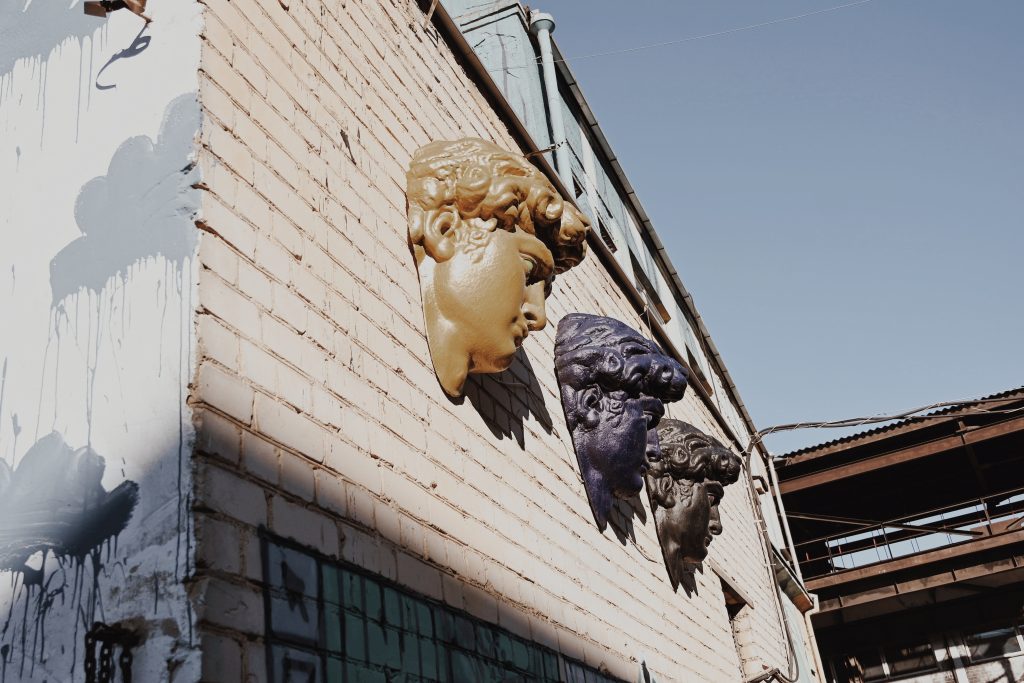
Now in that same post-industrial location, you can find a cultural initiative filled with murals, installations, sculptures, and various other forms of art. Since 2017, in a span of only four years, the gallery has displayed 44 pieces by Lithuanian and foreign artists. They can be found showcased on the former factory walls, roof, and other spaces.
Often, these works of art invite you to reflect on identity, Lithuanian history, freedom, and rebirth. “Freedom”, “Mindaugas”, “Portraits”, “Mother of the Festival”, or “Palanga Bridge” are some of the best-known pieces. With that said, all of the works are different and unique, so every visitor to the gallery will discover something interesting and meaningful for themselves.
Soon the Open Gallery mobile app will be released, with which visitors will be able to independently go through several different audio tours made by well-known local music performers and comedians. These audioguides will allow you to look at street art from a different angle.
You can also see some of the artwork in our interview with the famous Lithuanian muralist Linas Kazulionis. So whether you’re interested in local history or urban art, this creative space will not leave you indifferent.
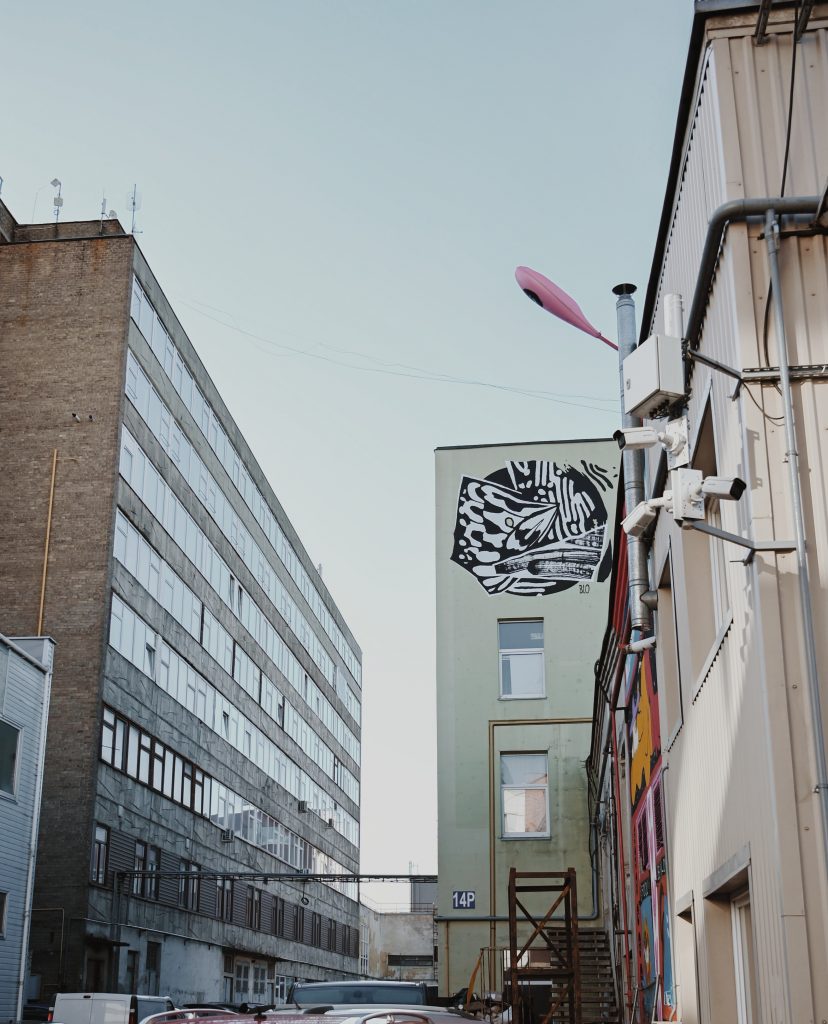
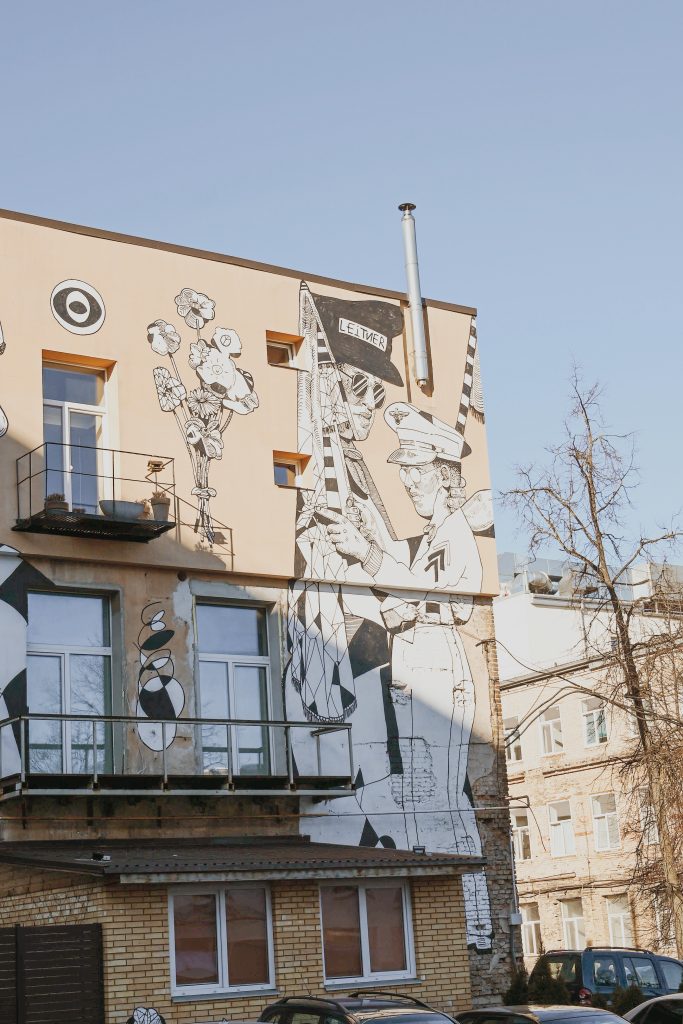
Where? The most convenient way to get to the territory is from Panerių st. 37 sides (at the gate of the Iris shopping centre).
The first Khrushchyovka building in Vilnius
If you’ve seen the famous HBO series Chernobyl, you’ll quickly get the vibe. Located in the new town, you can find architecture resembling that of the series, where buildings are made of blocks of concrete panels. These structures were prevalent during Soviet times and today serve as iconic monuments of the socialist utopia.
Unofficially called “Khrushchyovka” or commie blocks, these apartment buildings are situated in the quarter built on June 23, T. Ševčenko, Vytenio, and Naugarduko streets, which were the first of their kind in Vilnius. Some of them still have their original wooden windows, balconies, and other authentic elements to this day.
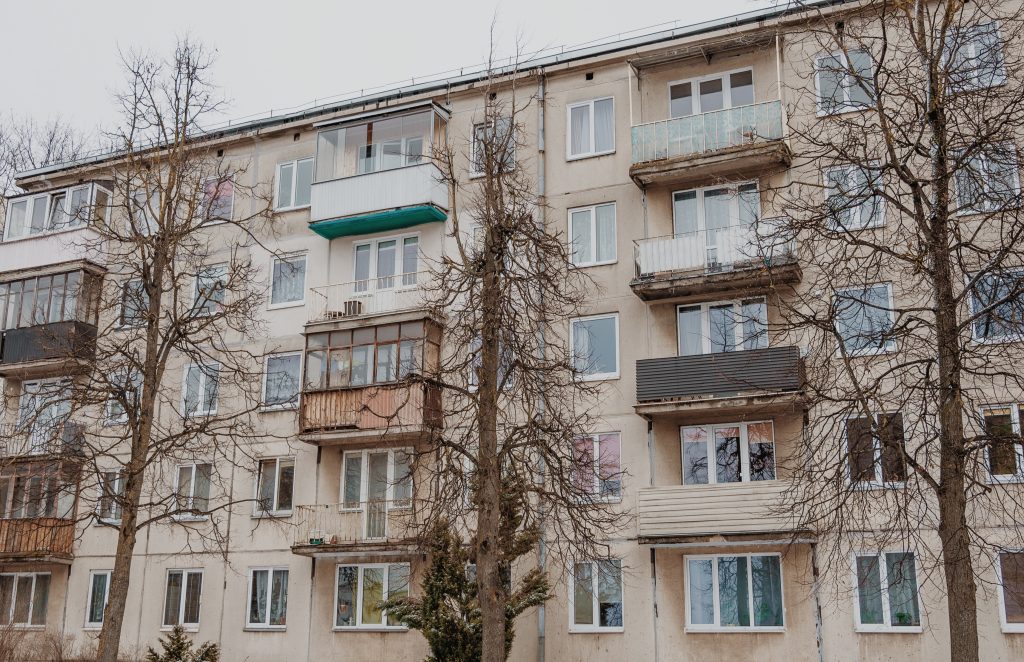
In 1959, the first five-story large-block house was built near the “Grąžtai” drill factory. The whole construction process took less than three months. Later, analogous low-cost apartment blocks were built throughout the area. They are a true representation of the typical post-war development scheme of Lithuanian cities.
As a result of industrialization, these residential quarters were actively carried out for workers and purposefully built next to the factories. Typically there were two types of apartment buildings, consisting of either 60 or 80 flats. These buildings were speedily assembled from reinforced concrete multilayer slabs and panels. With a distinct elongated shape, they were built on levelled sites.
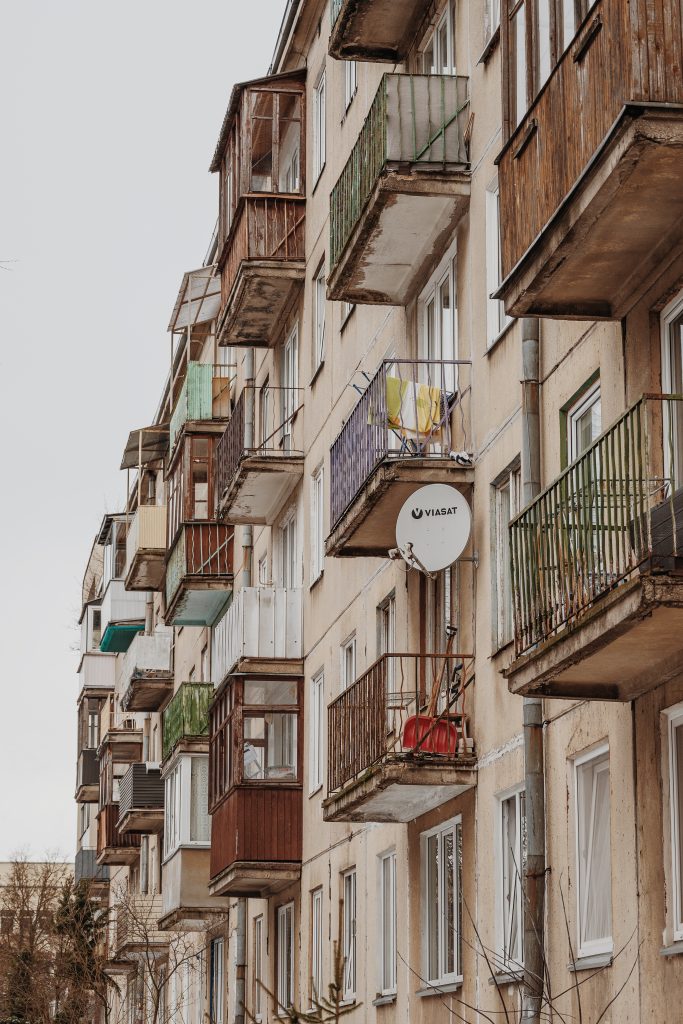
Serving as an economically-wise solution, the flats were drastically reduced in size yet provided each family with a separate household. Ranging from one-bedroom of 12 to 16-square meter size flats to four-room accommodation at a modest size of 40 square meters, aimed at catering to the factory workers’ no-frills lifestyles.
Where? The very first large plate of Vilnius stands at Birželio 23-iosios street.
Cold war bunker
This cold war bunker is a place like no other. You can explore it on a guided tour or with an audio guide, which offers a special way to learn about the history of the hideout. During the visit, the whole space is reserved only for you—so, no involvement with outsiders, no contact!
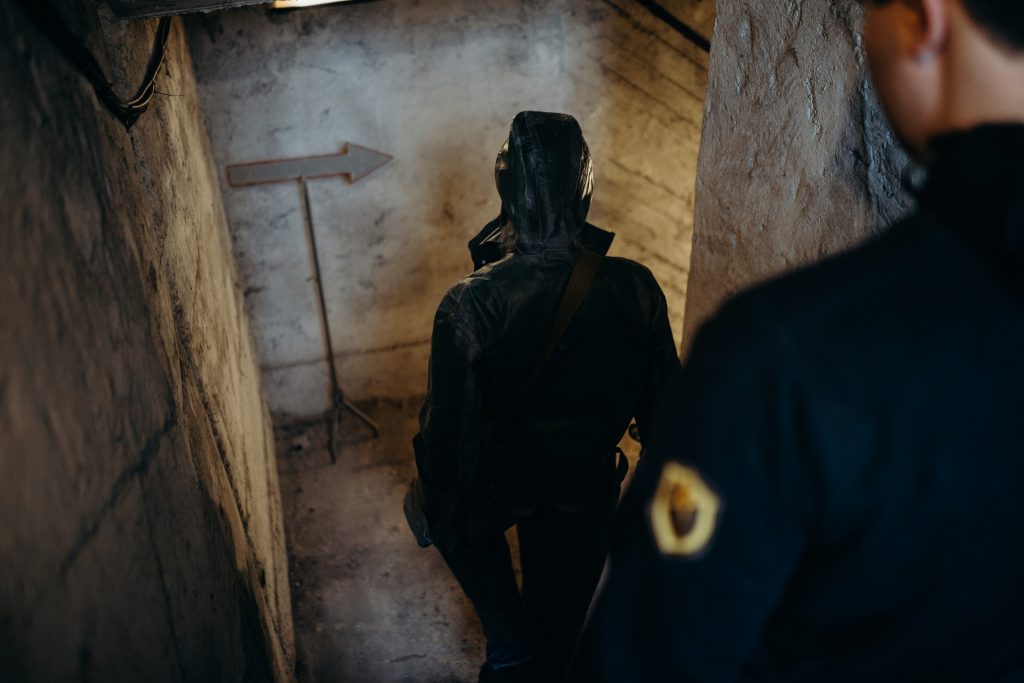
Upon arrival at the meeting place, the staff member conducts a briefing, hands over the searchlight (everything takes place in the dark), and then you are fully equipped to enter the bunker on your own. While listening to the audio you will open the doors yourself, turn on the devices and explore the exhibits. After completing the self-guided visit and exiting, our team will answer any questions you may have.
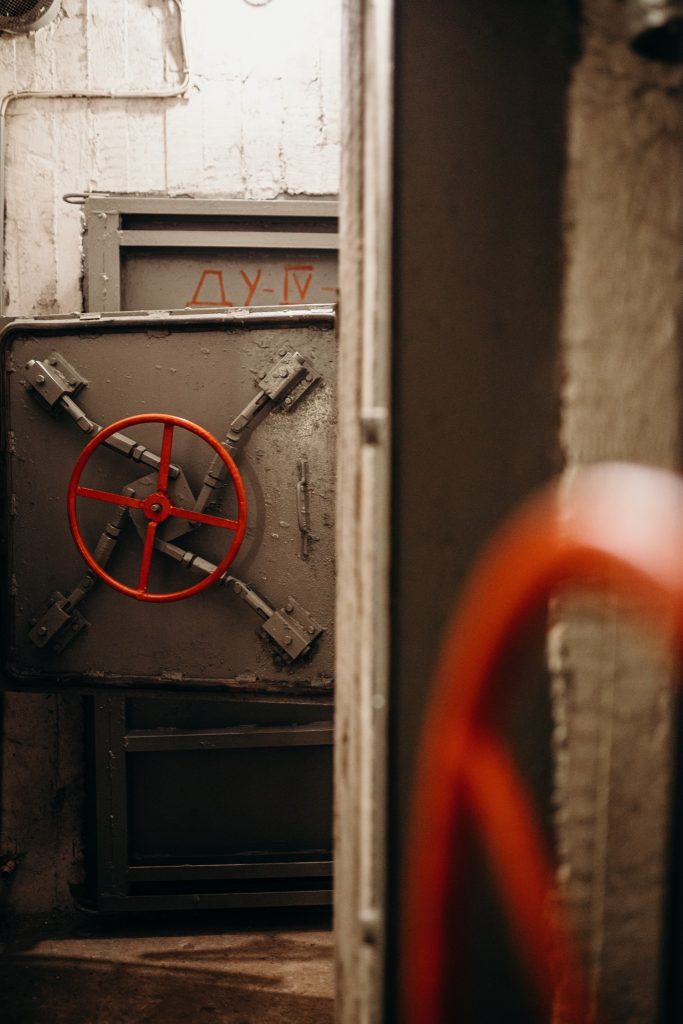
During the Cold War, more than 300 civil defence shelters (bunkers) were installed in Vilnius basements to protect the population from radiation, chemical and biological attacks, aviation bombings, and other similar threats. These reinforced concrete structures were not only isolated from the outside world but also stocked with the necessary equipment for survival: filtered air, food, medical devices, measuring devices, and even objects of leisure.
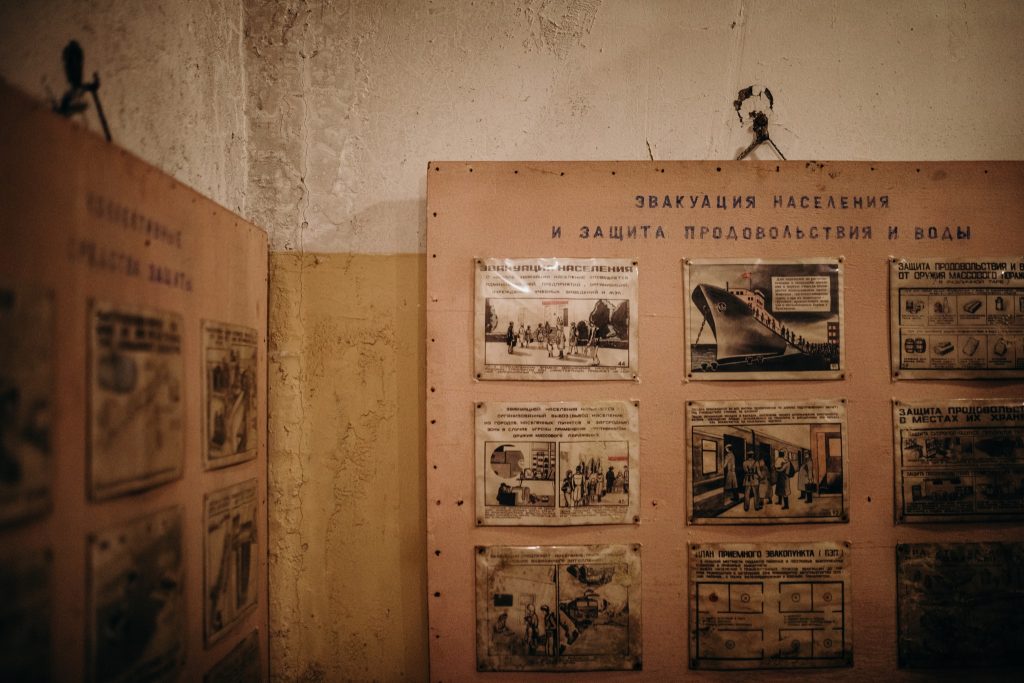
After the collapse of the USSR, the vast majority of Vilnius hideouts were sold, remodelled, or demolished. Some of the hideouts remain but are inaccessible to the public.
In order to preserve a pinch of the intriguing authenticity of the past epoch, VšĮ Gatvės gyvos acquired a hideout from the former company Lietuvos Automatika (called the Vilnius Installation SZMA Board in Soviet times) in Naujamiestis at its own expense.
Where? Here’s the map to help you reach the meeting point with your guide on your feet.
Former St. the Church of the Heart of Jesus
Over 100 years ago, the construction of the impressive Church of the Sacred Heart of Jesus began. The outset of the original construction is situated in the new town, between the current streets of A. Vivulskis, Šviesos, and Vytenio. You won’t be able to visit the church, but you can view its layout and read about the history of the object.
At Vytenio st. 6, you can find a three-dimensional model of a church cast from bronze according to the author’s drawings by architect Antanas Vivulskis. The model introduces this magnificent sanctuary and how it would look like upon completion.
The architect himself is note-worthy and well-acclaimed. Having received an excellent European education, A. Vivulskis became famous as the author of monumental architectural objects, pioneering in monolithic reinforced concrete construction in Lithuania.
The project of the Church of the Heart of Jesus was created according to the newest trends of the time. This church could have become one of the most impressive objects in the capital.
But due to the difficult historical circumstances of the interwar period and the architect’s serious illness, the idea was never fully realized. The frame of the temple’s structure was transformed into the building of the Palace of Culture in Builders during the Soviet era (architect: A.Mačiulis). The authors of this project are architect Gintaras Čaikauskas and sculptor Tadas Gutauskas.
The theatre called “Vilnius Klasika” is now located in the building at Vytenio st. 6, next to A. Vivulskio and Vytenio Streets’ intersection. In the building, you can see the surviving fragments of the unfinished church, uncovering the church’s remaining graceful arches, reminiscent of the unique history of this place. Other famous works of A. Vivulskis are the Monument to the Three Crosses and the Šiluva Chapel.
Where? Vytenio st. 6.
VP: Thank you Milisenta for taking us on a tour with you. As a professional guide, she shares original ideas on places to explore in Vilnius and knows all nooks and crannies about the capital. If you’d like to book a tour, you can contact her here.

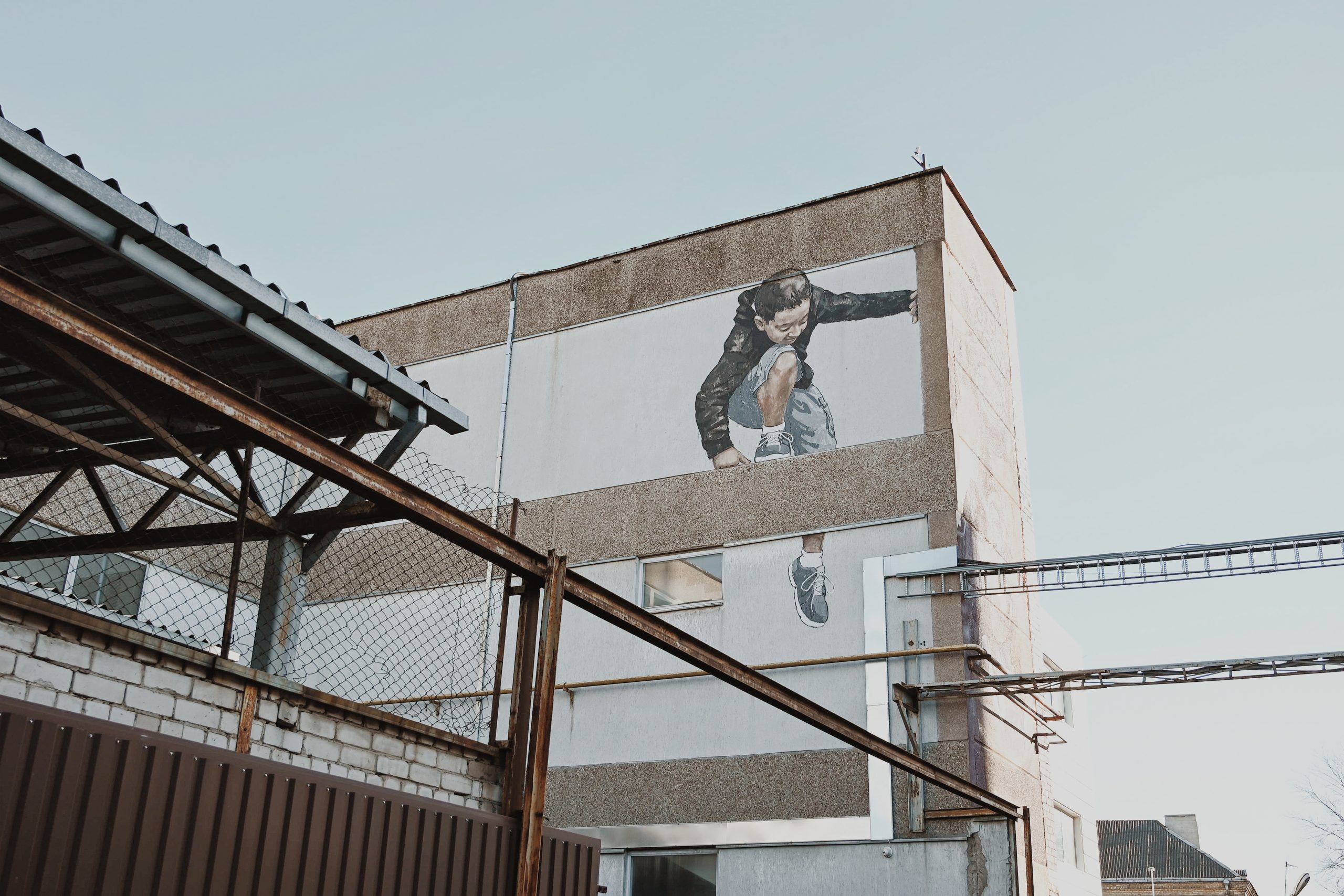

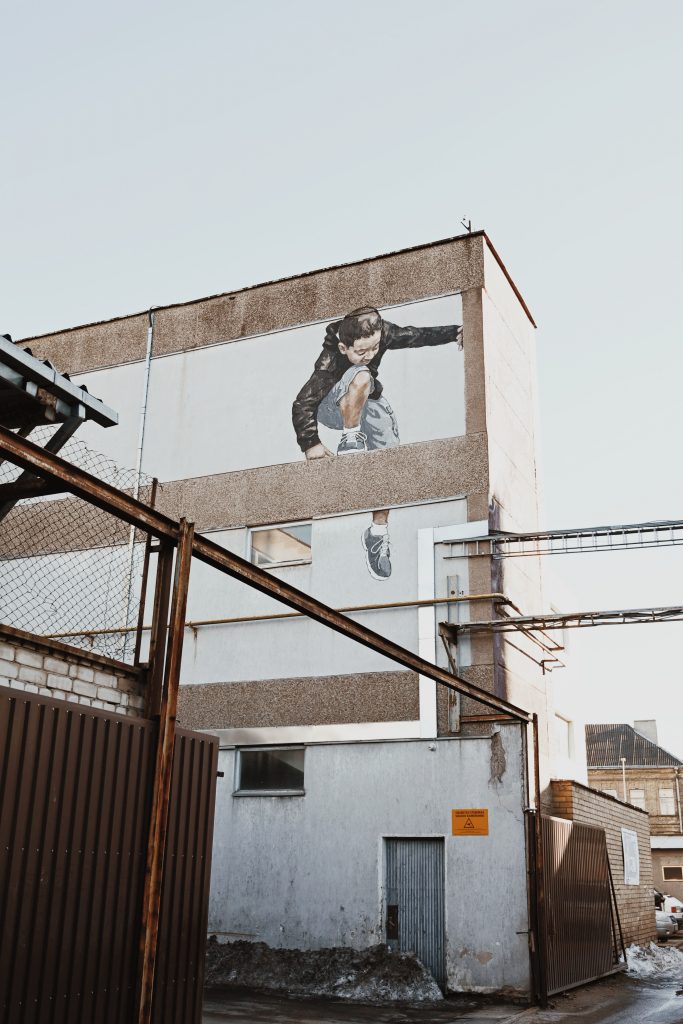
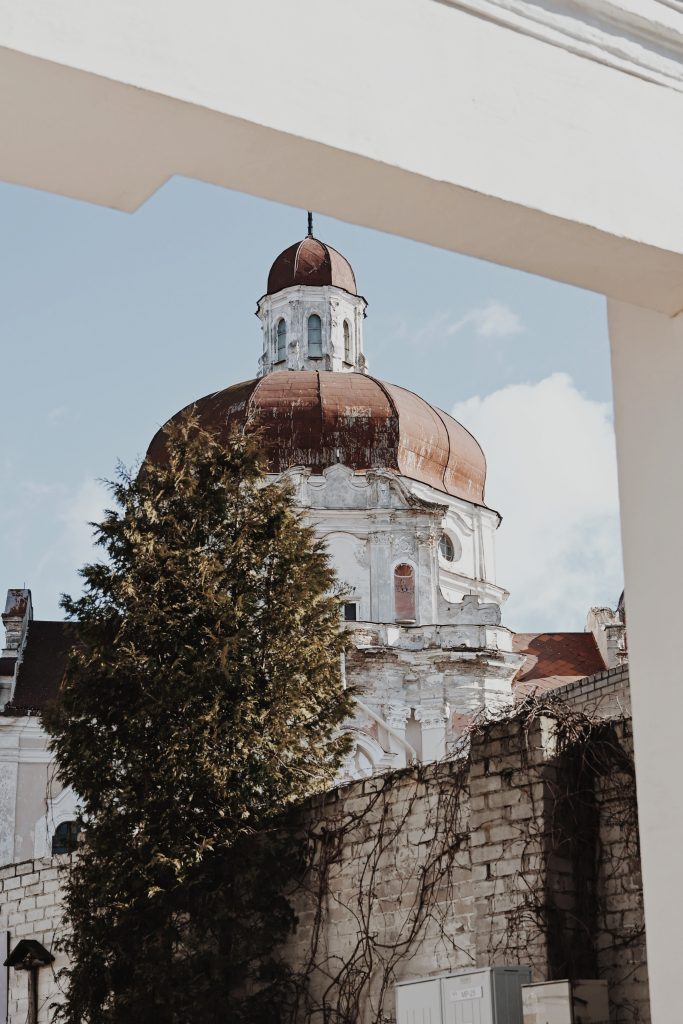
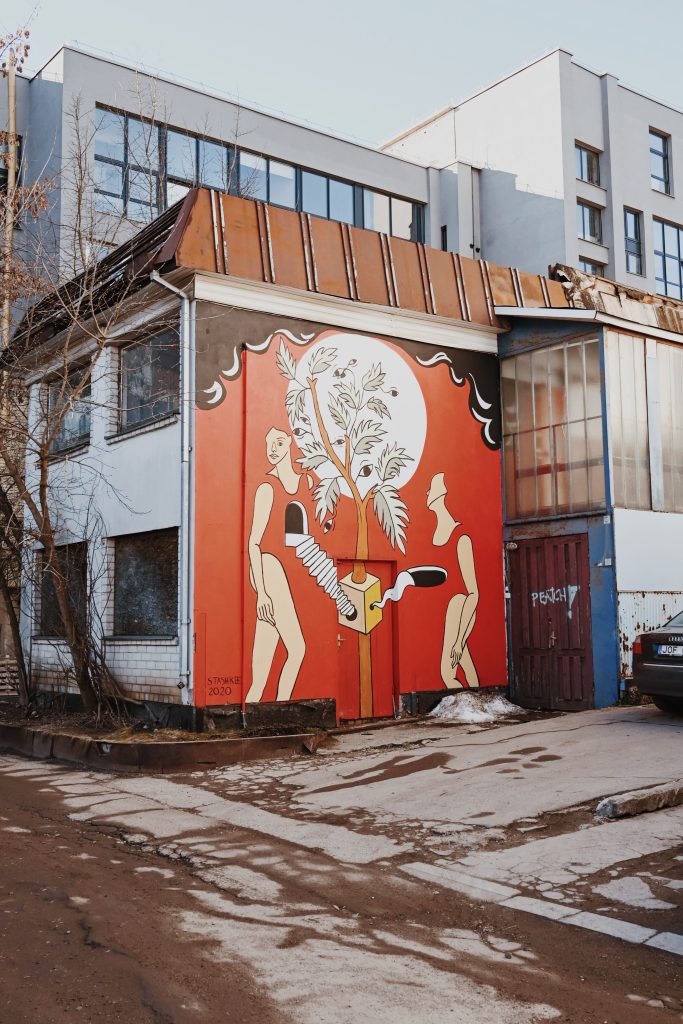
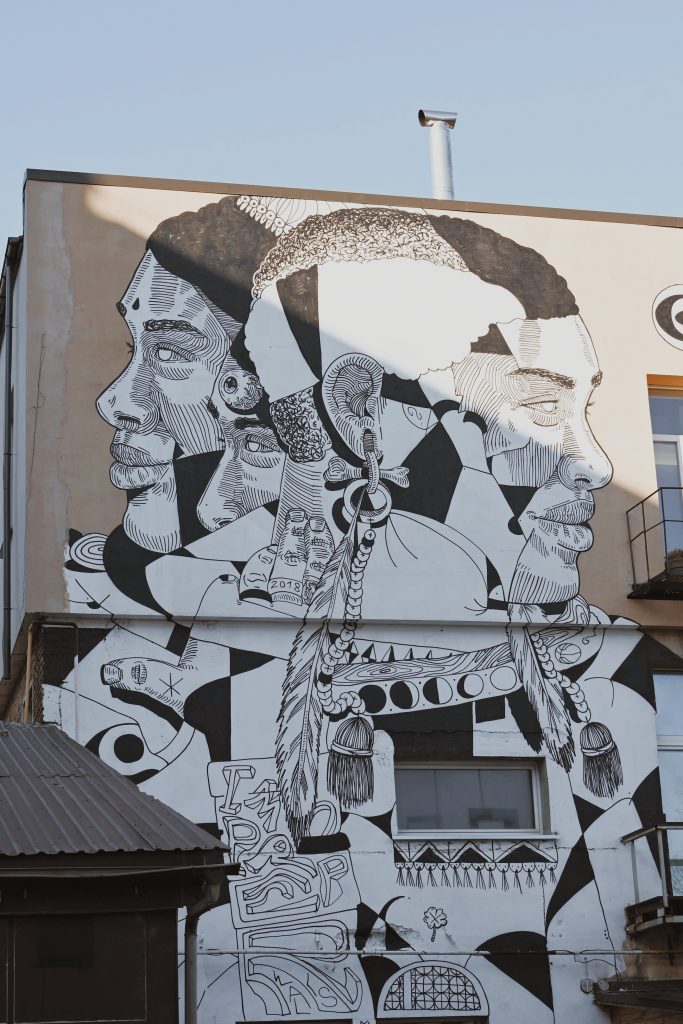
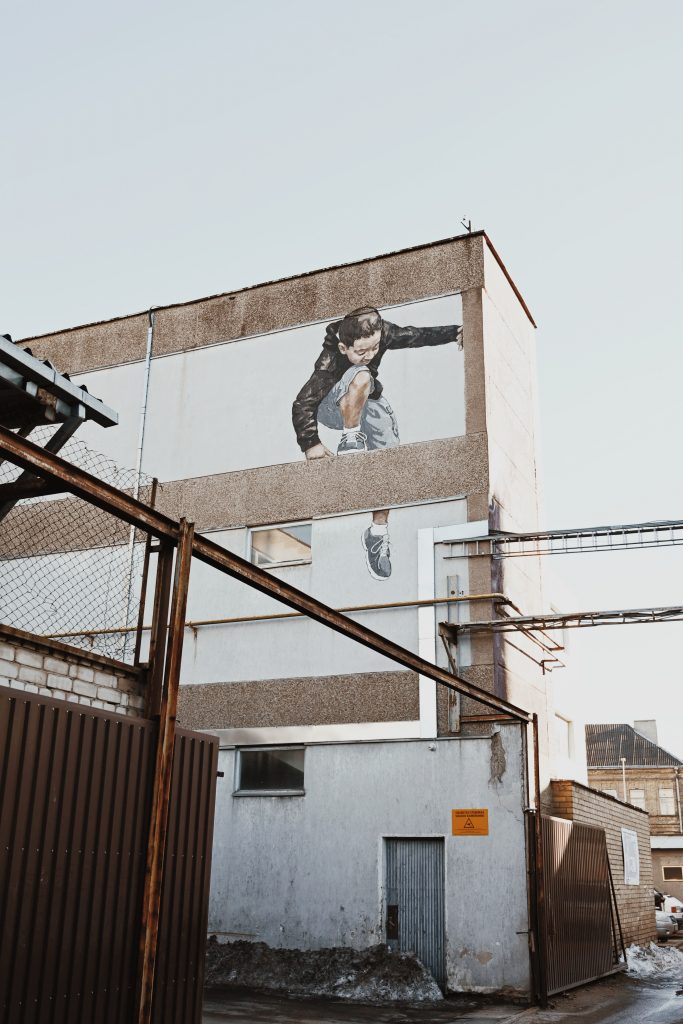

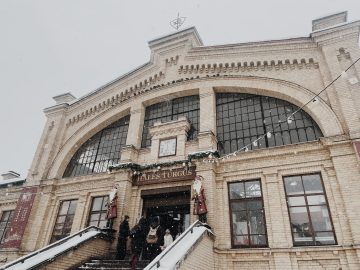
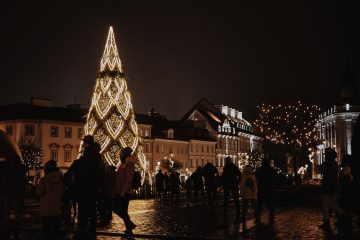
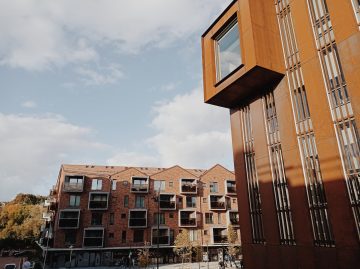
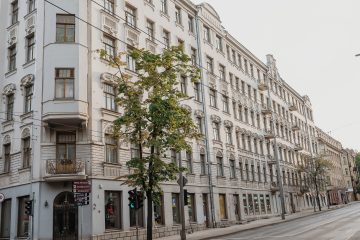
Pingback: The Top 10 Most Overlooked Pieces of Architecture in Vilnius | VP
Pingback: My Vilnius: Invoking Experiences Through Art